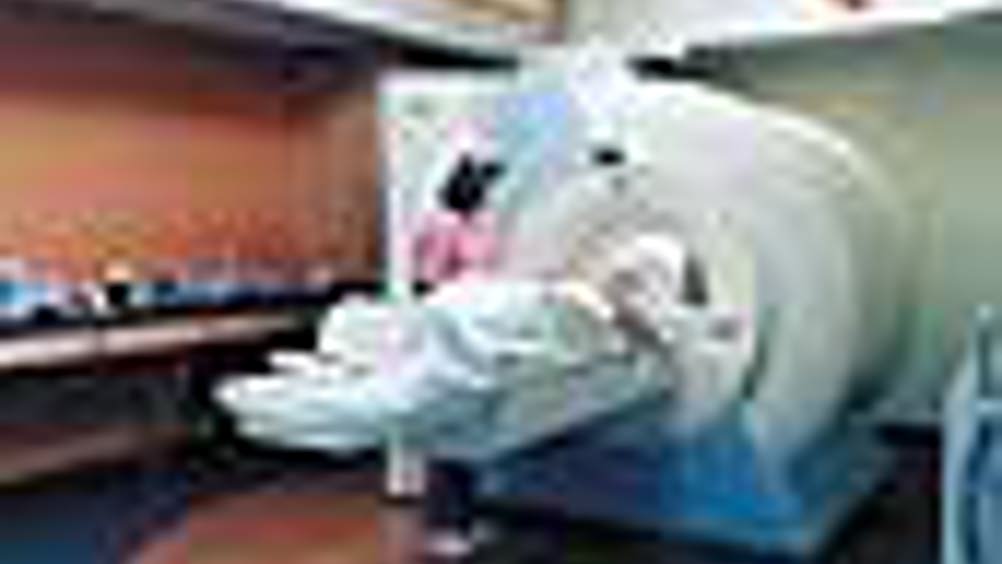Remote control MRI

Radiologists have developed a remote-control mechanism that allows an experienced off-site operator to control a magnetic resonance imaging (MRI) machine by logging onto the Internet from a personal computer.
The quality of the images from remote-control scanning was found to be superior to images obtained by a less-experienced technologist onsite. The technique is outlined in the November issue of Radiology.
‘Some patients require specialised scans that not all of our technologists are familiar with, so we implemented a software program that enables us to run the MRI machine from a remote location,’ said J. Paul Finn, M.D., lead author and chief of diagnostic cardiovascular imaging at the David Geffen School of Medicine at the University of California at Los Angeles (UCLA). ‘A technologist who is skilled at performing that particular scan can log on from a personal computer and perform the exam via remote control.’
After accessing the password-protected program online, a remote operator can control all of the necessary imaging parameters to conduct the exam, while a technologist onsite can give the patient instructions, monitor patient safety and administer any intravenous contrast material that might be needed. This means that specialised skills in MRI can now be implemented wherever they are needed, even if the necessary expertise is not available at the site where the MRI machine is located.
Register now to continue reading
Thanks for visiting The Engineer. You’ve now reached your monthly limit of news stories. Register for free to unlock unlimited access to all of our news coverage, as well as premium content including opinion, in-depth features and special reports.
Benefits of registering
-
In-depth insights and coverage of key emerging trends
-
Unrestricted access to special reports throughout the year
-
Daily technology news delivered straight to your inbox










BEAS funding available to help businesses cut energy costs
And not a moment too soon, if the following exchange broadcast last Friday 13th June, on the Radio 4 ´Rare Earth´ program (link below, ~ 17 minutes...